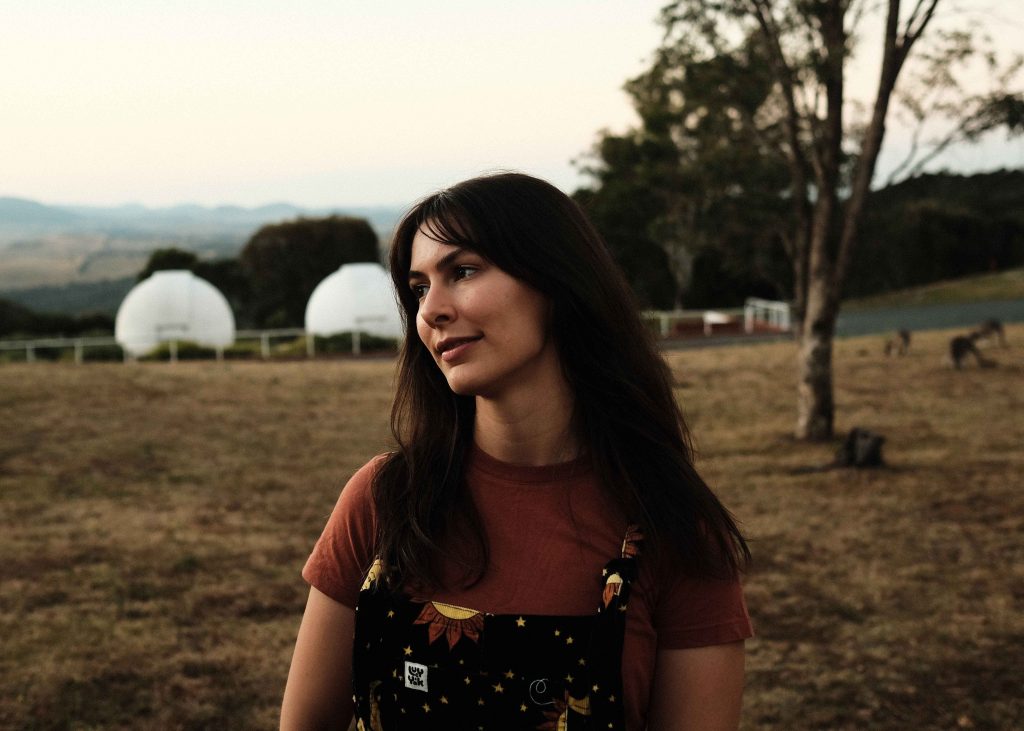Old Girl awarded coveted NASA fellowship
POSTED April 17 2024 , News, Old Girls
We are thrilled to share that Old Girl, Madeleine McKenzie (’14), was recently unveiled as one of 24 new 2024 NASA Hubble Fellowship Program (NHFP) post-doctoral fellows.
This prestigious program fosters excellence and inclusive leadership in astrophysics by supporting a diverse group of exceptionally promising and innovative early-career astrophysicists.
The NHFP enables outstanding postdoctoral scientists to pursue independent research in any area of NASA Astrophysics, using theory, observations, simulations, experimentation or instrument development.

More than 520 applicants vied for NASA’s 2024 fellowships. Each fellowship provides the awardee up to three years of support at a US institution.
NASA Astrophysics Division Director, Mark Clampin, said he was excited to see how NASA’s newest fellows would influence the world’s understanding of the cosmos.
“The NASA Hubble Fellowship Program is a highly competitive program, and this year’s cadre of Fellows are to be congratulated on their selection. They will undoubtedly be future leaders in the field of Astronomy and Astrophysics,” Clampin said.
Once selected, fellows are named to one of three sub-categories corresponding to three broad scientific questions that NASA seeks to answer about the universe:
- How does the universe work? – Einstein Fellows
- How did we get here? – Hubble Fellows
- Are we alone? – Sagan Fellows
Madeleine, currently a PhD candidate in Astronomy and Astrophysics at The Australian National University, is now a Hubble Fellow.
She will be supported by Carnegie Observatories, an observatory located in California, to undertake her post-doctoral research project, Uncovering the Unknown Origins of Globular Clusters.
The 2014 St Mary’s graduate earned her bachelor’s degree in Physics and Computer Science from the University of Western Australia (UWA) in 2018. In 2020, she earned her Master of Physics in astrophysics at UWA and the International Centre for Radio Astronomy Research (ICRAR) working on hydrodynamical simulations of globular cluster formation.
For her doctorate, Madeleine transitioned from theory to observations to work with Dr David Yong on the chemical abundance analysis of globular clusters at the Australian National University. She is set to graduate at the end of 2024.
Following her passion for these ancient collections of stars, Madeleine has set the lofty goal of redefining what is and is not a globular cluster. With next-generation telescopes, such as the James Webb Space Telescope, discovering dense stellar structures in the early universe, understanding the different formation channels of the star clusters and dwarf galaxies in our backyard is becoming more important.
As a Hubble Fellow, she will utilise kinematic and chemical element abundance variations, particularly that of iron peak and neutron capture process elements, to characterise the diversity of star clusters around our Milky Way.
Using the Magellan Telescopes operated by the Carnegie Observatories, she will undertake an ambitious observing program to identify which balls of stars are masquerading as globular clusters using a combination of high-precision chemical abundances and isotopic analysis.
The outcomes from her project will help improve our understanding of fields such as star formation, nucleosynthesis, stellar evolution and the accreted halo of our Milky Way.





